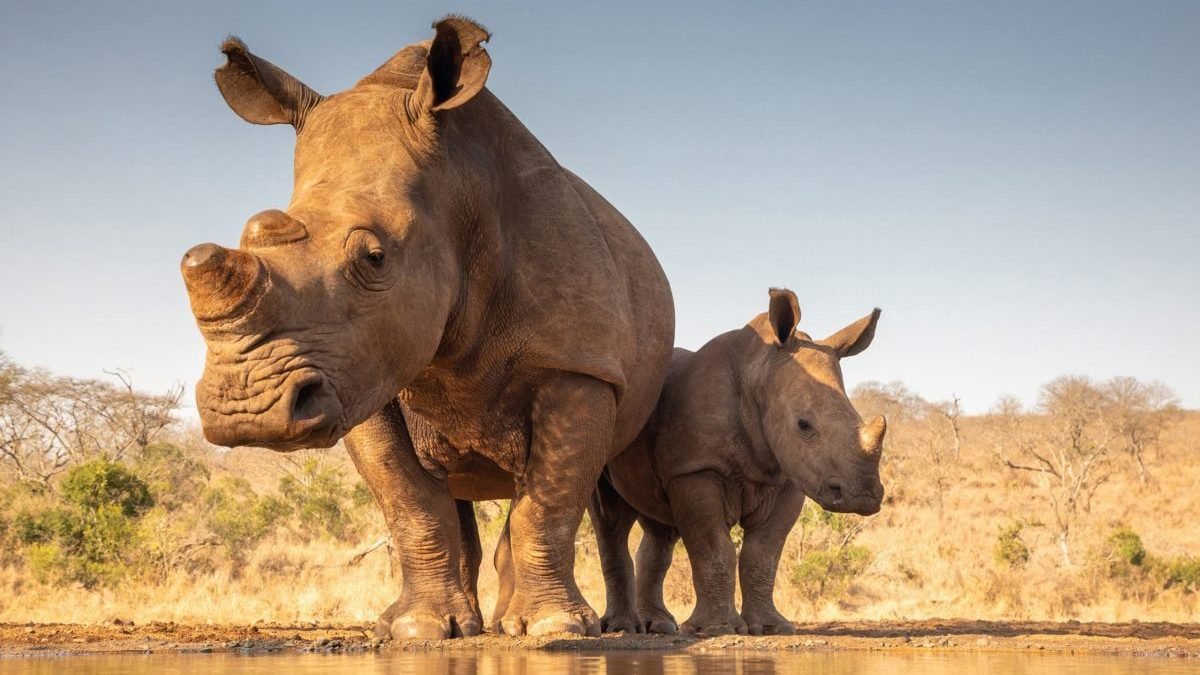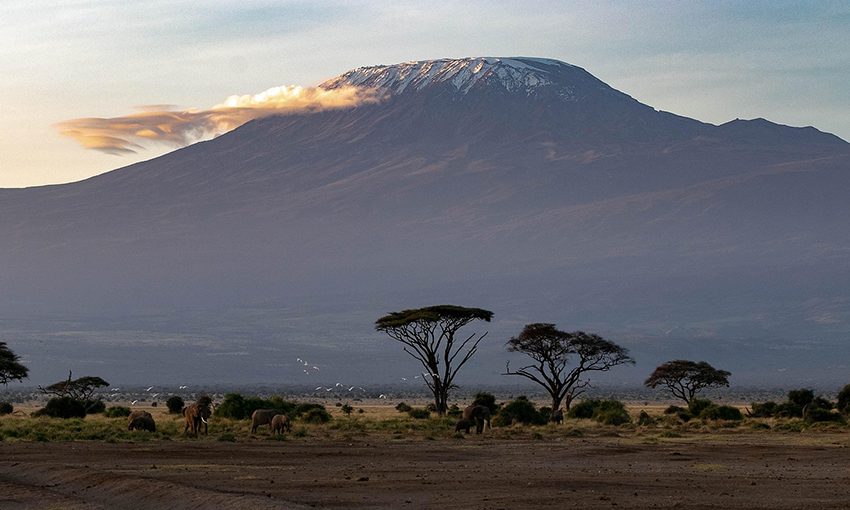Tanzania Safari; Unforgettable Adventure
Tour Overview
Known as the Spice Island, the beautiful island of Zanzibar on Africa’s east coast is bursting with culture and history, seemingly at odds with its idyllic geography of white-sand beaches with palms swaying lazily in the sea breeze. Together this makes Zanzibar a fabulous place to explore as well as a dream to relax and unwind.
Zanzibar is a small misunderstood island, the island where reality is not the one we expected. It has built its reputation on tourist beaches, but it is for its history it deserves your visit. We have already forgotten that this island has seen bloodshed, sweat and tears of those who had been uprooted from their land and forced to embark in Bagamoyo (nearest mainland port of the island) to work on plantations . Who knows that the spice trade was flourishing in the seventeenth century and spices were as coveted as oil today!
Wars, invasions, intrigues of the clans and slavery have created a unique and rich history on such a small territory.
Today, it is regrettable that there are only some near-abandoned ruins, beautiful doors poorly preserved and the tourist pressure suppresses its past every day a little more.
Zanzibar is an independent island (in theory, because the big sister Tanzania is pulling almost all the strings), we do not provide tourism service in the island apart from hotels. Local agencies are numerous, making the right choice…This 8 days Tanzania safari and 4 days Zanzibar tour gives you the ultimate opportunity to soak in the sun while you relax on the sandy beaches of Zanzibar island after an adventurous safari in the Northern Circuit of Tanzania.
Tour Highlights
- Safari and Relaxation: A combination of an 8-day Tanzanian safari and a 4-day Zanzibar beach stay offers a balanced adventure and relaxation experience.
- Tourism Landscape: While tourism is focused on hotels, local agencies offer various activities, making it essential to choose wisely.
- Preservation Challenges: Many historical sites are in disrepair, with tourist pressure impacting the preservation of its past.
- Unique Heritage: The island's history includes wars, invasions, and clan intrigues, contributing to its distinctive heritage.
- Historical Significance: Zanzibar has a complex past marked by bloodshed, the spice trade, and the impacts of slavery, particularly during the 17th century.
- Idyllic Geography: The island features beautiful white-sand beaches and swaying palm trees, making it a perfect spot for relaxation.
What's included
Itinerary
Approx Transit time: 4 hrs.
Dinner and overnight at a Lodge/Tented Camp.
FAQ
Tanzania offers the best and most consistent wildlife viewing opportunities year-round. The dry season (June to October) is generally considered the best time overall for game viewing. However, even the wet season in Tanzania (November to May) has an amazing amount to offer in terms of wildlife viewing. April and May are probably the least optimal months to go since many camps close during the long rains. However, there are still enough places open for us to put together a magnificent itinerary for you if those months are your only option. And, since it is the low season, you will enjoy the benefits of a less crowded and less expensive journey!
Your passport must be valid for at least six months on the day you depart from your home country. In addition, your passport must contain at least four blank visa pages that are two sets of two opposing blank visa pages.
It is very important to set an appointment with a travel doctor in your home country before you come. Depending on the situation, you might take vaccine for yellow fever. If you go to Zanzibar or come from (or transit in) an endemic yellow fever country, proof of vaccination against yellow fever may be required at the airport. Vaccinations are recommended for travelers going to Tanzania: yellow fever, hepatitis A and a combined tetanus, diphtheria and inactivated polio vaccine (Td/IPV). Proof of Yellow Fever vaccination is required if you are traveling to Tanzania from countries that have Yellow Fever Endemic or travelers who transit in Yellow Fever Endemic Areas, only if the transit period at the airport is 12 hours or more.
Check the CDC’s website for updated health information for travelers to Tanzania. http://wwwnc.cdc.gov/travel/destinations/traveler/none/tanzania
If you use prescription medication or if you suffer from a medical condition that requires special consideration, it is best to consult your physician and inform the aircraft company before flying. You may require a medication passport to show authorities abroad and flight attendants that you need certain medication. In the event that you lose your medication or require additional supplies abroad, the medication passport will allow you to refill your prescription. In addition, you will usually need a doctor’s certificate in the form of a Schengen medical certificate or a medical certificate written or translated into English. The same may apply to traveling with medical equipment. Enquiring about these things may take weeks, so it is best to start well in advance.
Travel insurance is the traveler’s own responsibility. We recommend that you take out travel insurance in your home country that will cover, for instance, loss, damage or theft of luggage, money and other valuables, medical expenses, repatriation expenses, etc. Consider also any additional cover you may need, such as for extreme, specialist or high-risk sports (scuba diving, canoeing, mountain biking, etc.). Mountain climbing requires a separate mountaineering insurance policy. Travel with Us accepts no liability whatsoever in connection with any such activities.
Situated in the eastern part of the African continent, bordering on the Indian Ocean, Tanzania enjoys mostly warm weather all year round. The climate varies considerably in this large country, but a tropical wet and dry climate, or tropical savanna climate, predominates. The eastern portion of Tanzania has more periods of rainfall and droughts, while Central Tanzania is predominantly very dry. The main rainy season or ‘long rains’ in Tanzania lasts from March until the end of May. This is the time when everything turns vibrant green – a great time to see wildlife! Then, between June and August, it is drier and cooler in Tanzania. The beginning of October marks the start of the period of ‘short rains’ during the daytime, with warm summer temperatures. January, February and March are the driest summer months of the year. As your tour will take you to various altitudes, ranging from mountainous regions to lower coastal areas, temperatures will differ. In view of the different seasons and the fact that it can get a little chilly at night, it is advisable to pack clothes that you can layer easily.
The local currency is the Tanzania Shilling (TZS). In hotels and restaurants, bills can normally be paid in USD, but in local shops and markets, you will need TZS which is available at most banks and bureaus in major towns. ATMs are available in Dar es Salaam and Arusha, and most major towns, but once you are out on safari (in the bush), you will not have access to either banks or ATMs, so exchange sufficient funds beforehand. Credit cards are normally accepted in the bigger hotels and restaurants, but in the smaller lodges or hotels, there is often no access.
In honor of their religious beliefs and culture, Tanzanian people always dress modestly. In the privacy of your accommodations or at the beach, you do not need to concern yourself with any dress code, but if you mix with the local population, it is appropriate to wear clothes that cover the body, especially shoulders and legs. This is a simple courtesy that shows respect for the local population.
- All necessary documents: passport, vaccine certificate and others that might apply.
- Any medication you might need: This should include medication for possible common situations like headaches or diarrhea.
- Sun block, sunglasses, hat, lip balm and moisturizer.
- Your camera: we recommend bringing a wide lens (about 17-55mm) for those scenery pictures, and a telephoto lens (in the 200-400mm range) to catch animals at a distance.
- Binoculars: We do provide a pair of top notch binoculars in the vehicle but feel free to bring your own which you may be more used to.
- Clothes: Comfortable and casual clothing, with khaki, beige or green colors. You should pack t-shirts, shirts with long sleeves, long pants, a sweater and a jacket (for the cold mornings), swimwear (if the accommodations you selected have a pool or if you do a beach extension) and comfortable hiking shoes.
- Insect repellent




















